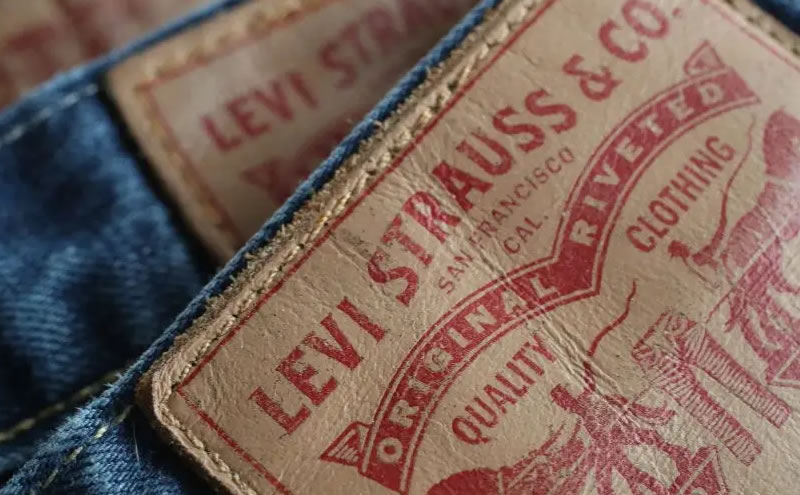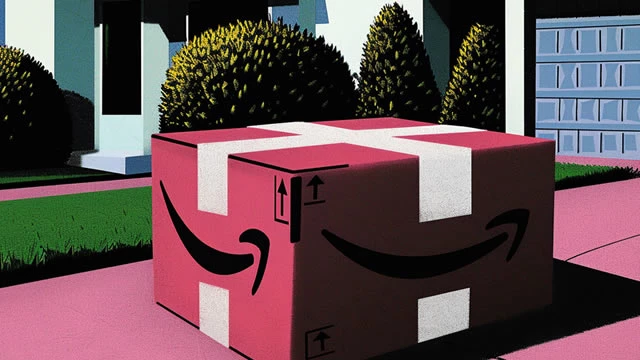Levi Strauss & Co., a leading global retailer, is grappling with substantial headwinds as it reports a 22% year-on-year decrease in U.S. sales and has significantly downgraded its four-year profit outlook. This comes as the company continues to navigate a tricky consumer market while wrestling with the challenge of managing its extensive inventory.
Harmon, the Chief Financial Officer and Chief Growth Officer at Levi Strauss, acknowledged these hurdles. Levi's year had been anticipated to split into two halves, with the first half weaker due to prior robust growth, the introduction of a new Enterprise Resource Planning (ERP) system, and high commodity costs, particularly cotton.
Levi's two major markets also demonstrated starkly different performance profiles. The Western market remained lukewarm, while Latin America and the Eastern markets showed considerable strength. Furthermore, the company's direct-to-consumer (DTC) business, encompassing both its stores and e-commerce operations, outperformed its wholesale business.
Levi (NYSE: LEVI) has succeeded in meeting its commitments for the second quarter and the first half of the year. Now, with the implementation of the ERP system and easing commodity pressures, the company anticipates a stronger second half. This optimism is bolstered by the DTC business's double-digit growth on top of its performance from the previous year.
However, investors have been focused on Levi's revised full-year guidance and expressed concern about the reported quarterly net loss of $1.6 million - a figure not seen since before the pandemic. The company remains steadfast in its strategic focus on its DTC business, aiming to make it the majority of the company's operations. The overall brand expression through the DTC channel, from head-to-toe looks to customer engagement, offers a more immersive and satisfying consumer experience, thereby fostering better customer relationships.
Simultaneously, Levi Strauss is taking actions to address weaknesses in the U.S. wholesale market. Precise price reductions on select styles have been initiated, and the company's supply chain efficiency has improved. Inventories are being brought down with a goal of ending the year with inventory levels below those of last year. The retailer aims to exit 2023 with a more stable U.S. wholesale business and a robust DTC business.
Regarding pricing, the company has embarked on a selective price-cutting journey, targeting a small percentage of styles while maintaining the pricing integrity of the majority of its offerings. Levi Strauss asserts that it provides great value to customers through quality, relevant products for all demographics, as evidenced by its ongoing market share growth.
As for what lies ahead, Levi's focus is on ensuring the right products are available for consumers, fostering improved execution, and adjusting prices where necessary for a better value proposition. As the company gears up for back-to-school and holiday seasons, it's doubling down on refreshing its offerings and improving in-store experiences.
In the face of these challenges, Levi Strauss remains committed to its long-term strategy, taking steps to stabilize its business while continuing to innovate and adapt to the changing consumer landscape. With a strong emphasis on direct-to-consumer sales and a continual eye towards growth, Levi's is well-poised to navigate these turbulent times.

















Rate this article